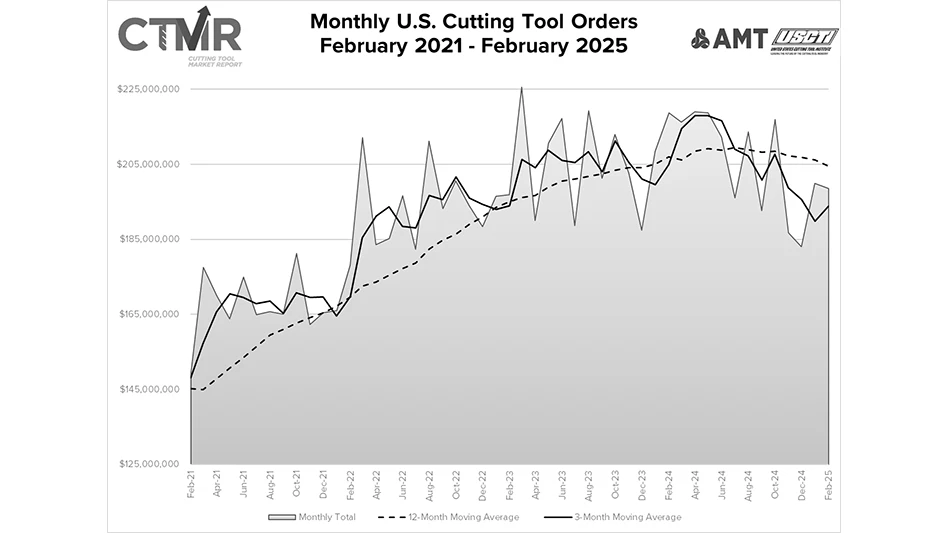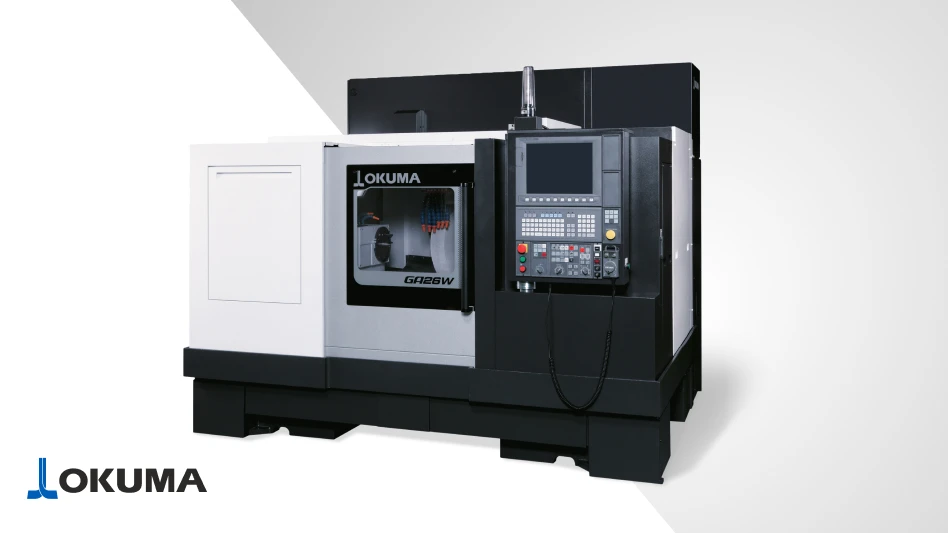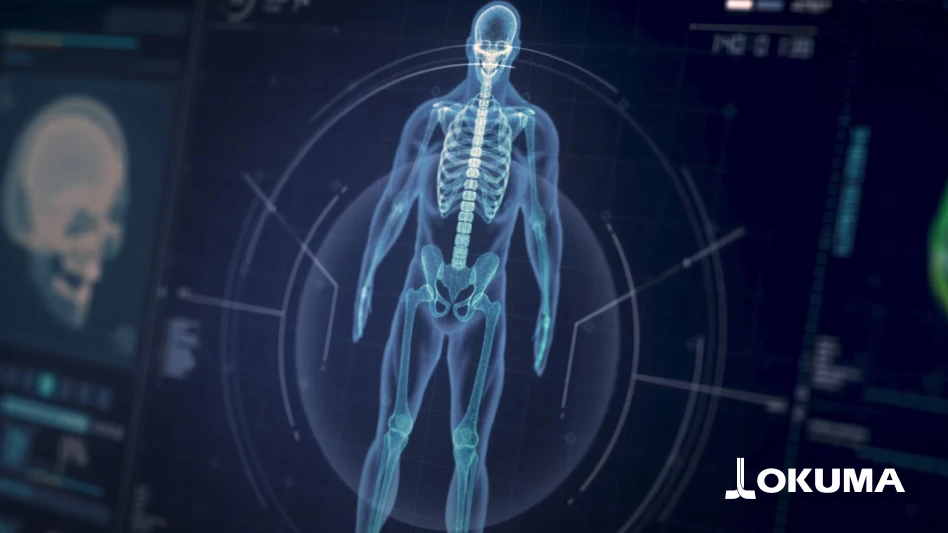
CREDIT: AdobeStock_324149993-by-xiaoliangge
The medical device industry has been a vital component of modern healthcare, providing solutions that range from life-saving implants to advanced diagnostic tools. However, traditional methods of designing and manufacturing these devices often face limitations in terms of customization, cost and production time.
Enter additive manufacturing – also known as 3D printing – a technology that is revolutionizing the way medical devices are designed and produced. By layering materials with precision, this cutting-edge tech is driving innovation, leading to more efficient production processes and enhanced patient treatment and recovery.
The transformative impact of additive manufacturing on medical devices
Additive manufacturing has become a game-changer across various industries, with its impact on the medical field being exceptionally profound. Traditionally, medical devices were created using subtractive methods, where materials were cut or milled into shape. These methods often resulted in material waste and were limited in their ability to produce intricate designs.
In contrast, additive manufacturing builds objects layer by layer, enabling the precise creation of complex structures tailored to individual patient needs. This capability allows for production of highly customized and personalized medical devices – such as prosthetic limbs, dental implants and surgical instruments – that fit a patient’s unique anatomy.
Additive manufacturing also excels at creating complex geometries that are challenging or impossible to achieve with established methods. Medical devices – especially those in cardiovascular and orthopedic applications – often require intricate designs to function effectively. For example, stents used in cardiovascular treatments need precise, complex structures to support blood vessels and maintain proper blood flow. Additive manufacturing enables these designs with high accuracy, optimizing the performance of these medical devices.
Latest advancements in additive manufacturing technologies
The rapid progression of additive manufacturing technologies has opened new avenues for innovation in medical device design and production. A few exciting areas include:
1. Bioprinting – Bioprinting represents one of the most groundbreaking developments in additive manufacturing. Unlike conventional 3D printing, bioprinting uses living cells to create tissue-like structures. Currently, bioprinting is being used to create tissue scaffolds that encourage new cell growth in patients with injuries or degenerative diseases. These scaffolds can be tailored to match the patient’s tissue structure, enhancing the body’s natural healing process.
As bioprinting technology advances, the possibility of printing functional tissues and organs becomes more realistic. This regenerative medicine and tissue engineering could revolutionize organ transplantation by reducing the reliance on donor organs and improving patient outcomes.
2. Multi-material printing – Another significant advancement is multi-material printing, which allows for the combination of different materials within a single print. This capability opens new possibilities for creating medical devices with varied properties.
For instance, a prosthetic limb could be printed with a rigid frame for support along with a softer, flexible material where it contacts the skin, providing both strength and comfort. This multi-material approach offers greater flexibility in delivering well-designed and patient-friendly medical devices.
3. High-resolution printing – High-resolution 3D printing is crucial for creating medical devices that require extreme precision, such as surgical instruments and micro-implants. Advances in printing resolution have enabled the production of devices with incredibly fine details, down to the micron level.
This technology is being used to develop customized hearing aids that fit perfectly within a patient’s ear canal, providing superior sound quality and comfort. In neurosurgery, micro-implants are printed with precise dimensions to interact with specific neural pathways, enhancing the effectiveness of the treatment.
4. Metal additive manufacturing – While plastics have traditionally dominated 3D printing, metal additive manufacturing is rapidly gaining traction in the medical device industry. Certain metals – such as titanium and stainless steel – are ideal for producing durable, biocompatible implants that can withstand the stresses of the human body.
This technology allows for the creation of complex, lightweight structures that are both strong and useful. It is especially beneficial for orthopedic implants, where strength and durability are paramount. What’s more, metal 3D printing enables the production of porous structures that promote bone growth, improving the integration of implants with the patient’s body.
5. On-demand manufacturing – Additive manufacturing is also opening the possibility of on-demand production of medical devices. Instead of relying on large inventories of pre-made devices, hospitals and clinics could use 3D printers to produce devices as needed, tailored to the specific requirements of each patient. This could lead to more efficient use of resources and less waste.
Improved patient outcomes through additive manufacturing
The advancements in additive manufacturing are not only transforming how medical devices are made – they are also leading to improved patient outcomes.
1. Faster recovery times – Customized implants and devices that fit more precisely with a patient’s anatomy can lead to faster recovery times and a lower risk of complications. For example, 3D-printed bone implants can be designed to match the patient’s bone structure perfectly, resulting in a more stable fit. This reduces the likelihood of the implant becoming loose or causing irritation, which can speed up the healing process.
2. Enhanced comfort and functionality – Personalized medical devices – like prosthetics and orthotics – can be tailored to provide maximum comfort and functionality. Patients who receive custom-made devices are more likely to experience improved mobility and quality of life, as these devices are designed specifically to fit easily and naturally with their body. This level of customization can significantly enhance the patient’s ability to perform daily activities with ease.
3. Reduced costs and improved accessibility – Additive manufacturing can also lead to cost savings in the production of medical devices. Conventional manufacturing methods often involve significant upfront costs for tooling and molds, which can be prohibitive for small production runs. On the other hand, 3D printing allows for the creation of devices without the need for expensive tooling, making it more cost-effective for small batches and customized orders.
These cost savings can make medical devices more accessible to patients, particularly in regions where access to advanced medical technology is limited. By lowering the barriers to entry, additive manufacturing has the potential to bring life-saving devices to a broader population.
The role of plastic injection molding in medical device production
While additive manufacturing is transforming the medical device industry, methods such as plastic injection molding remain relevant. Injection molding is particularly effective for mass-producing medical devices, especially when high volumes are required.
Plastic injection molding is known for its ability to produce consistent, high-quality parts with tight tolerances. It’s notably useful for creating components that require repeatable accuracy, such as syringe parts, IV connectors and casings for electronic medical devices. The process involves injecting molten plastic into a mold, which is then cooled and ejected, resulting in a finished part.
Additive manufacturing excels in producing customized and complex parts, whereas plastic injection molding is often preferred for large-scale production runs. These two technologies complement each other in the medical device industry, with 3D printing being used for prototyping, customization and small-batch production and injection molding for high-volume manufacturing.
The future of healthcare is being printed – one layer at a time
Additive manufacturing is revolutionizing the design and production of medical devices, offering new possibilities for customization, precision and cost-effectiveness. As the technology continues to evolve, it will play an increasingly important role in the future of medical device innovation, working alongside established methods like plastic injection molding to deliver cutting-edge solutions for patients all around the world.
Matt Davis is a Project Manager at RevPart. With over ten years of experience, he focuses on product design and the manufacturing process.
Latest from Today's Medical Developments
- April Manufacturing Lunch + Learn with Iscar
- April Manufacturing Lunch + Learn with Insaco
- Laser cold marking for plastic medical device manufacturing
- Paperless Parts’ BOM Builder
- #58 - Manufacturing Matters - 2024 Metrology's Latest Advancements with Starrett
- Strategies to improve milling and turning for medical components
- Being proactive about your business despite uncertainty
- 10 challenges facing the manufacturing industry in 2025





